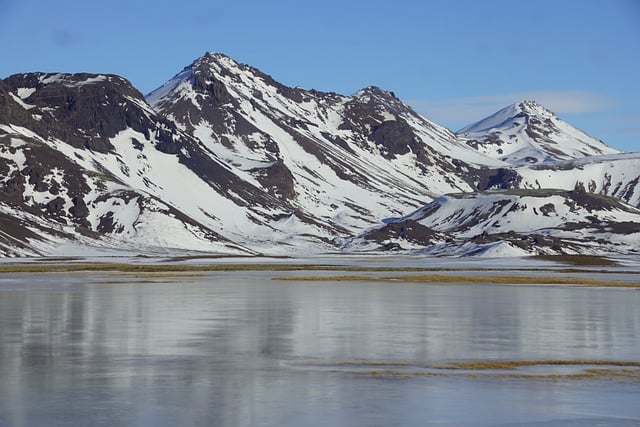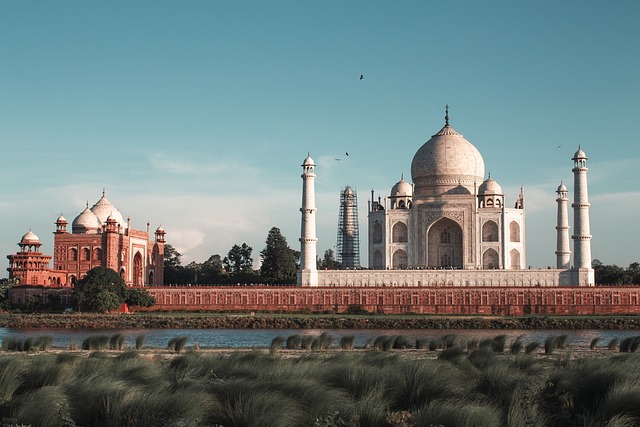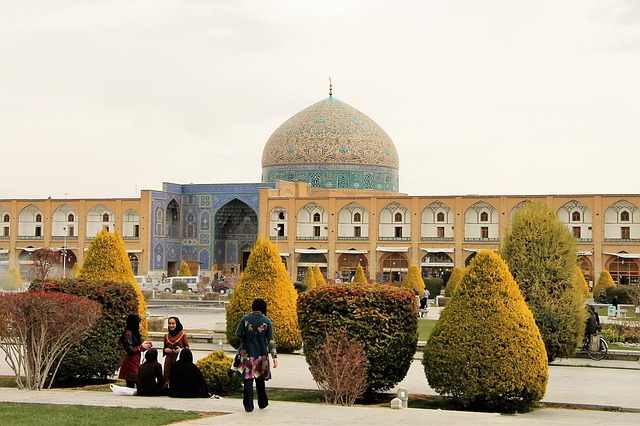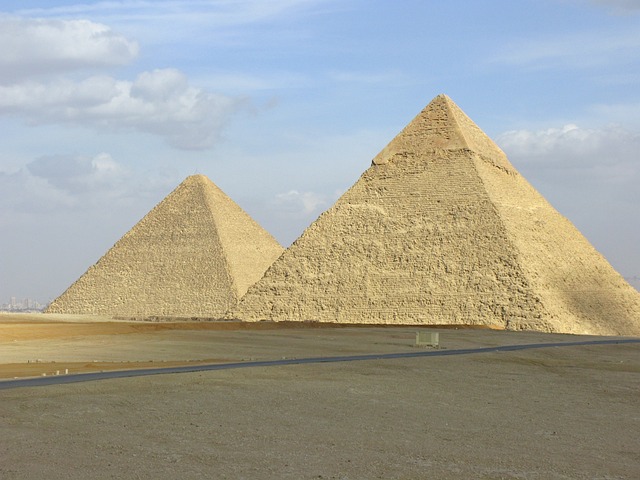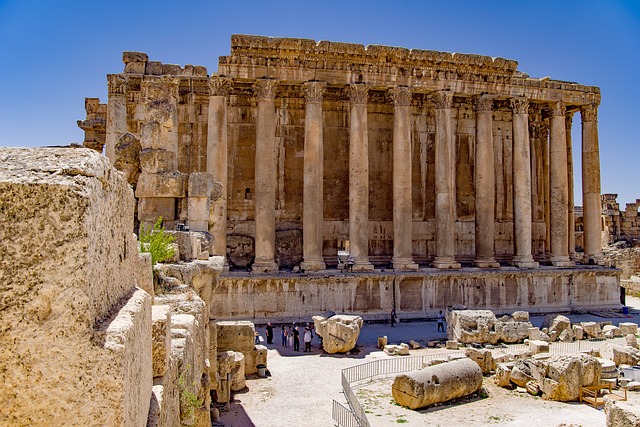Iceland, the land of fire and ice, is an enchanting destination that has captured the hearts of travelers worldwide. Known for its stunning landscapes, unique geological features, vibrant culture, and rich history, this Nordic island nation offers a plethora of experiences for every type of traveler. In this guide, we’ll delve into the various aspects of Iceland that make it a must-visit destination, provide essential travel tips, and highlight some of the most incredible sights and activities awaiting your exploration.
Geographical Wonders: Nature’s Playgrounds
Glaciers and Volcanoes
Iceland is famous for its dramatic landscapes, shaped by volcanic activity and glacial formations. The island is home to over 30 active volcanoes, including the notorious Eyjafjallajökull, which erupted in 2010, disrupting air travel across Europe. Visitors can hike on glaciers like Vatnajökull, the largest glacier in Europe, or explore the otherworldly landscapes of Landmannalaugar, known for its colorful rhyolite mountains.

Hot Springs and Geysers
The geothermal activity in Iceland creates a unique experience for visitors. The Golden Circle route, a popular tourist trail, includes the famous Geysir geothermal area. Here, travelers can witness the Strokkur geyser erupting every few minutes, shooting hot water up to 30 meters into the air. Additionally, soaking in natural hot springs such as the Blue Lagoon or the Secret Lagoon provides a relaxing way to unwind amid breathtaking scenery.
Waterfalls
Iceland is a paradise for waterfall enthusiasts, boasting numerous stunning cascades. Gullfoss, also known as the “Golden Waterfall,” is one of the most iconic, with its two-tiered drop plunging into a rugged canyon. Seljalandsfoss offers a unique experience, allowing visitors to walk behind the waterfall for a truly immersive perspective. Skógafoss, another popular waterfall, is known for its size and the picturesque rainbows that often form in its spray.
Adventure Awaits: Outdoor Activities
Iceland is a playground for adventure seekers, offering a wide range of outdoor activities.
Hiking
With its diverse terrain, Iceland has hiking trails suitable for all abilities. The Laugavegur Trail is one of the most popular multi-day hikes, taking trekkers through stunning landscapes of glaciers, hot springs, and vibrant mountains. For a shorter hike, the Fimmvörðuháls trail, located between two glaciers, offers breathtaking views and the chance to see the area affected by the recent volcanic eruptions.
Ice Climbing and Glacier Hiking
For those looking to add a thrill to their adventure, ice climbing on glaciers is a once-in-a-lifetime experience. Guided tours are available for both beginners and experienced climbers, offering the chance to ascend frozen waterfalls and navigate crevasses. Similarly, glacier hiking tours provide a more accessible way to explore the stunning ice formations with expert guidance.
Whale Watching
Iceland’s coastal waters are prime for whale watching. Heading to places like Husavik, often regarded as the whale-watching capital of Iceland, you can spot various species, including orcas, minke whales, and humpbacks. An unforgettable experience, this activity not only provides a close encounter with marine life but also an opportunity to appreciate the beauty of Iceland’s coastal scenery.
Cultural Richness: Embracing Icelandic Heritage
Icelandic culture is a fascinating blend of Old Norse traditions and modern influences. The capital city, Reykjavik, offers a vibrant cultural scene that draws visitors eager to experience the local way of life.
Museums and Historic Sites
Reykjavik is home to several museums that reflect Iceland’s rich history. The National Museum of Iceland offers a comprehensive overview of the nation’s past, showcasing artifacts from the Viking Age to contemporary life. The Saga Museum provides interactive exhibits that bring Viking sagas to life, while the Ásmundarsafn Sculpture Museum celebrates local artistry.
Festivals and Events
Iceland’s calendar is packed with exciting festivals. The Reykjavik Arts Festival, held biannually, features performances in literature, dance, and visual arts. Meanwhile, the annual Iceland Airwaves music festival attracts music lovers from around the globe, featuring both established and up-and-coming acts across various genres. The lively atmosphere and sense of community during these events are not to be missed.
Culinary Delights: Savoring Icelandic Cuisine
Icelandic cuisine is steeped in tradition, showcasing the island’s geographical resources. As a visitor, tasting local dishes is an essential part of the experience.
Traditional Dishes
Don’t miss trying hákarl, fermented shark, a delicacy that has been part of Icelandic culture for centuries. Another must-try is skyr, a thick yogurt-like dairy product that is both nutritious and delicious. For those seeking hearty fare, lamb soup (kjötsúpa) offers a comforting meal, especially after a day of exploration.
Innovative Dining
In recent years, Reykjavik has seen a surge in innovative dining options that blend traditional flavors with modern culinary techniques. Consider dining at restaurants like Dill, which offers a unique twist on Nordic cuisine, or Matur og Drykkur, known for its emphasis on local ingredients. These establishments showcase Iceland’s commitment to sustainability and quality, making for a memorable dining experience.

Practical Tips for Travelers
Best Time to Visit
The best time to visit Iceland depends on what you wish to experience. The summer months (June to August) offer long days, making it perfect for outdoor activities and exploring the stunning landscapes. Winter (December to February) is ideal for witnessing the Northern Lights and enjoying winter sports, but be prepared for shorter daylight hours and colder temperatures.
Getting Around
Renting a car is the best way to explore Iceland at your own pace. The Ring Road (Route 1) encircles the island, connecting major attractions. However, road conditions can vary, especially in winter, so stay informed about weather and road updates. Alternatively, guided tours are available for those who prefer not to drive.
Currency and Budgeting
The official currency in Iceland is the Icelandic króna (ISK). While Iceland can be an expensive destination, budgeting wisely can help. Consider grocery shopping for meals instead of dining out for every meal, and take advantage of free or low-cost natural attractions to balance expenses.
Essential Packing List
When packing for Iceland, remember to dress in layers. The weather can be unpredictable, with wind, rain, and sunshine all possible in a single day. Waterproof clothing, sturdy hiking boots, and a bathing suit for hot springs are essential. Additionally, don’t forget your camera—this is one destination that you’ll want to capture forever!
Conclusion
Iceland is undeniably a unique and captivating destination that offers adventures, breathtaking landscapes, rich culture, and culinary delights. Whether you’re hiking on glaciers, soaking in geothermal hot springs, or exploring the lively streets of Reykjavik, every moment spent in Iceland is an opportunity for discovery and wonder. With this guide in hand, you’re now ready to embark on an unforgettable journey through the land of fire and ice. So pack your bags and get ready to explore the magical realm of Iceland!

